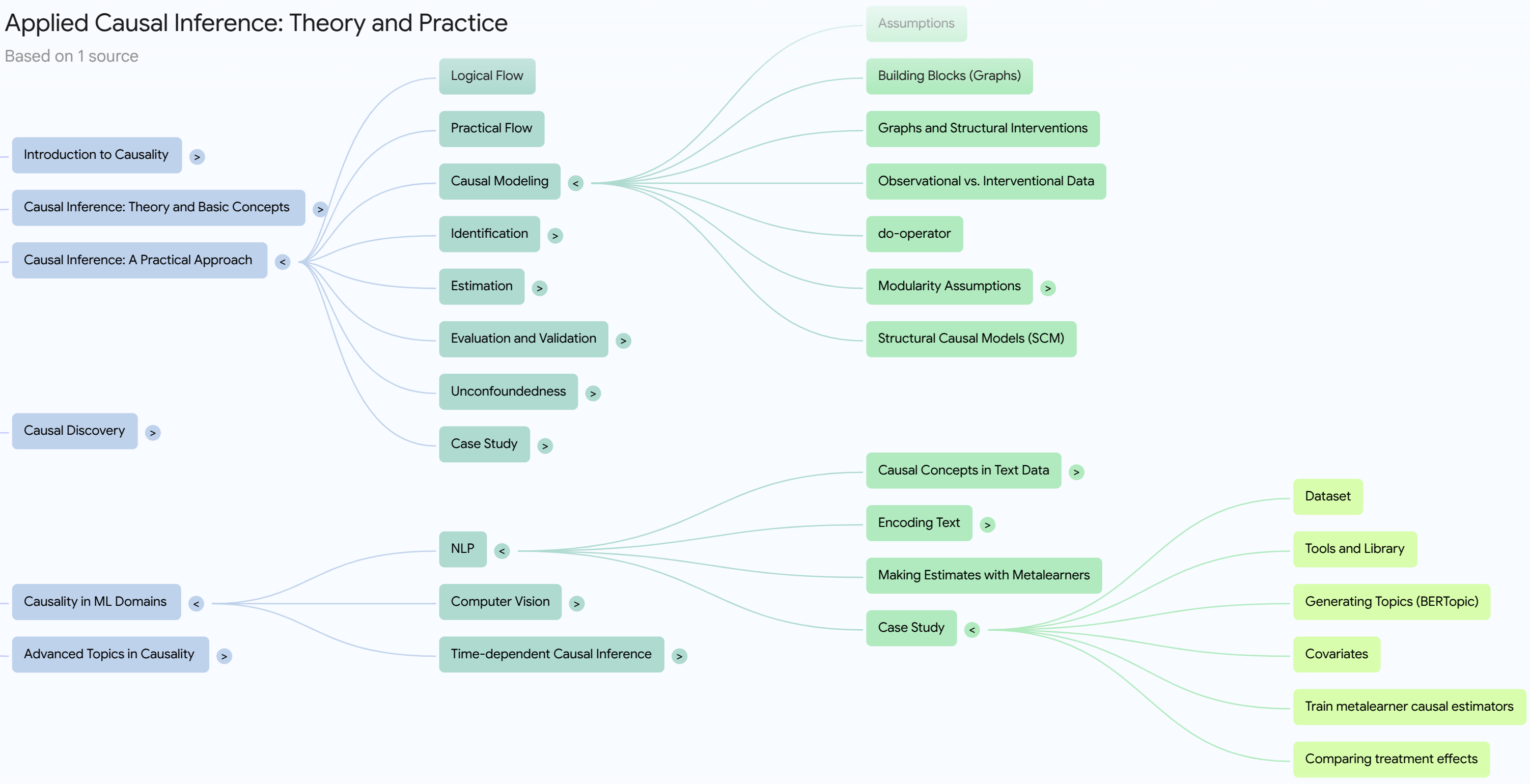| 🎯 Core Goal |
Estimate treatment or policy effects from data |
Enable AI to reason, simulate, and plan with causality |
| 🌍 Scope |
Focused on statistical estimation from real-world data |
Broad, includes CI + causal reasoning in intelligent agents |
| 🛠️ Methods |
Matching, IVs, DiD, DAGs, do-calculus |
SCMs, causal discovery, RL, counterfactuals, representation learning |
| 🗂️ Data |
EHRs, trials, economic panels — structured/tabular |
Images, text, sensor logs, simulations — multimodal |
| 🧰 Tools |
DoWhy, EconML, Stata, Stan, CausalML |
Pyro, CausalBench, Causal Transformers, RL libraries |
| 🧠 Theory |
Pearl’s SCMs, Rubin’s Potential Outcomes |
Extends CI with planning, control theory, generative modeling |
| 🧪 Use Cases |
Drug effects, A/B testing, public health impact |
Clinical AI agents, counterfactual explainers, planning under uncertainty |
| 🚀 Trends |
Automated causal discovery, scalable estimation |
Causal LLMs, structure-aware agents, causal generalization in foundation models |
| 👥 Audience |
Statisticians, epidemiologists, applied economists |
ML/AI engineers, decision scientists, generative modeling researchers |
| 🧭 Philosophy |
“Understand causes to intervene wisely” |
“Use causality to empower robust, generalizable, explainable intelligence” |
| 📚 References |
Elements of Causal Inference: Foundations and Learning Algorithms Jonas Peters, Dominik Janzing, and Bernhard Schölkopf (2017) |
Causal AI Robert Osazuwa Ness (2025) |
